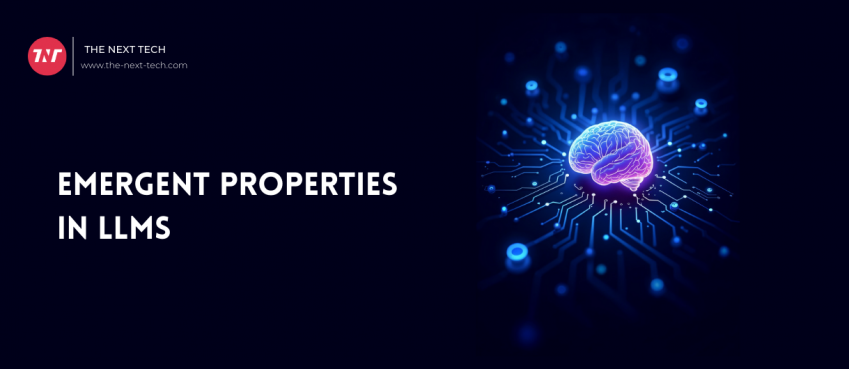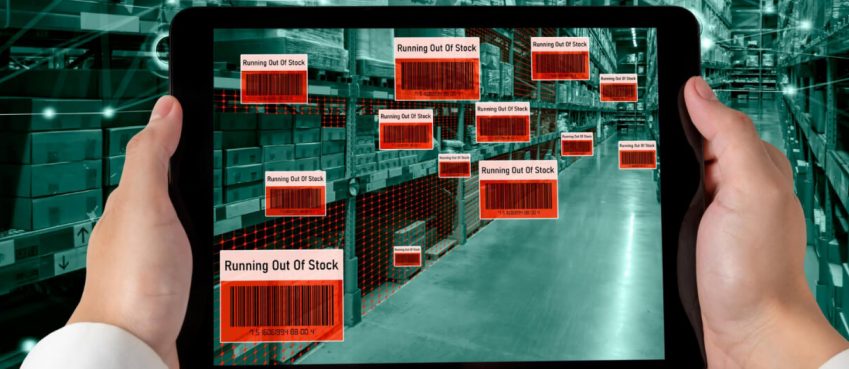
Learn how ML DataOps has an impact on many sectors around the world
Over the past decade, commercial machine learning (ML), applications have evolved from conception to testing to deployment. As the industry progresses through the cycle of artificial intelligence (AI), the need for efficient, scalable operations has resulted in the creation of maps. It is therefore important to fully understand ML DataOps and its impact on various sectors.
What is ML DataOps?
ML heavily relies on data collection, analysis, and creation. The AI ecosystem has seen a shift to a data-centric approach over the last year. This is in contrast to the model-centric approach. Data is the most important factor in ensuring the success of ML models in the real world.
ML DataOps, an ML-based data management system, is now in the spotlight. It allows us to manage large amounts of data as it flows through the cyclical journey that is AI training and deployment. This is crucial to ensure the sustainability of the resulting AI solutions. There is also a need to transition from production to testing, which must be done through repeatable and scalable processes. Customers can also benefit from insights derived from the data to help them accelerate the development of production-grade models.
Companies are focused on different aspects within the ML DataOps ecosystem’s data pipeline. The solutions offered generally fall within the following categories:
1. People: It is vital that ML developers have a competent workforce. Technology has made great advances, but it can’t solve all problems. Humans play a vital role in finding complex solutions to problems that technology cannot.
2. Technology and tooling: Technological advancements have led to an increase in efficiency and productivity for technical support staff. Effective tools development simplifies various functions within the ML DataOps pipeline.
3. End-to-end processes: When dealing with enterprise-grade data pipes, efficient and insight-driven processing can make a significant difference in time and cost. Companies often focus on end-to-end solutions to such simplified processes.
Also read: What Is xResolver? How To Use xResolver For Xbox? [Top 3 Alternatives + FAQs]2022 is the year of ML DataOps
2022 has seen remarkable growth so far. This is why 2022 will see more investment and development.
- First, AI products are being put into production. This is huge. Finance and retail are putting cutting-edge models into production. Once released, feedback loops will be provided. An enterprise’s ability to receive feedback from their model changes will require them to adjust their ML data operations in order to keep up with the changing demands. Edge cases will be returned by field algorithms, which will require data operations to resolve.
- Data pipelines need scale and experts in-loop. Enterprises will need to ensure that their annotators are knowledgeable about the product and domain requirements in order to scale efficiently. As they improve their models’ performance, this will result in faster market releases.
- End-to-end AI data solutions will soon be available on the market. The technology behind AI is evolving as AI progresses. Combining technology with human-in-the-loop expertise provides enterprises an end-to-end solution when they deploy their models in the field. The best data will be produced by combining the right expertise, judgment, and technology.
Using the Right Processes
Your ability to use technology is as important as its quality. This is why enterprises creating AI applications need to make sure they have the right processes in place for their ML DataOps. Using iMerit as an AI data solution provider gives companies access to domain experts who can help with every stage of a company’s ML DataOps process. This includes requirements definition, workflow engineering, and domain skill identification.
Impact Across Various Sectors
Healthcare: Healthcare has been at the center of attention since the COVID-19 pandemic. To make healthcare accessible and effective, there are many challenges.
Organizations can use data-driven insights to predict the best clinician mix for a particular department. It can also help in the creation of a value-based environment by automating clinical operations, such as physician recruitment, scheduling clinical staff, and clinical systems.
DataOps can help in the creation of patient-centric systems that deliver better-operating processes and customer engagement. This DataOps-led architecture will help to assess capabilities and tools to identify and recommend patient-centric methods to improve connectivity, collaboration, and engagement with patients.
Finance and Insurance: Financial services have a lot of data, which has led to the need to use technology to gain a competitive advantage.
The financial services industry can benefit from the use of innovative data and analytics to improve decision-making and innovation. These tools allow financial service providers to optimize data analytics and enable companies to combine machine intelligence and human expertise to create a trusted ecosystem. Data analytics, for example, can be used by banks to collect customer insights and use this information to make strategic decisions about introducing new products or improving existing business models.
Banks can lower their risk by using AI and data-driven instruments. They are able to make more accurate assessments and judgments on credit applications based upon risk profiles. This is done by taking into account more specific details about the applicant or business.
Automobile: Countries are becoming more aware of the potential for autonomous vehicle technology (AV) and taking steps to support its growth. The US, for example, has enacted a $1 trillion infrastructure bill. It includes many suggestions for modernizing infrastructure in order to encourage widespread adoption of AVs. Manufacturers and innovators need to learn how to create AI models that can be used on any road.
Modern transportation is at an all-time high. One of the greatest challenges in the 21st Century is to reduce road accidents and other safety violations. AI-led solutions can significantly aid human drivers and allow for driverless mobility. This sector is home to many leaders in AI, software engineering, and device engineering.
Retail: This industry has a lot of data. From product catalogs to customer information, to customer questions and complaints, it collects a lot. These data can be overwhelming for decision-makers trying to solve a problem. Retail is a sector that appeals to all senses. Data operations are required to interpret any information, whether it is audio, video, text, or both. But, particularly in retail, we need human capabilities to dig into consumer behavior and extract insights that can be used for decision-making. Data-driven solutions can help retailers analyze this huge amount of data and also speed up decision-making in this dynamic industry.
Industries that adopt AI and data solutions will eventually have to create an ecosystem that is able to learn from and help in decision-making. This combination with human-in-the-loop processes provides the perfect blend of technological innovation, human intelligence, and human ability to help businesses achieve their goals and solve problems.
Top 10 News
-
01
Top 10 Deep Learning Multimodal Models & Their Uses
Tuesday August 12, 2025
-
02
10 Google AI Mode Facts That Every SEOs Should Know (And Wha...
Friday July 4, 2025
-
03
Top 10 visionOS 26 Features & Announcement (With Video)
Thursday June 12, 2025
-
04
Top 10 Veo 3 AI Video Generators in 2025 (Compared & Te...
Tuesday June 10, 2025
-
05
Top 10 AI GPUs That Can Increase Work Productivity By 30% (W...
Wednesday May 28, 2025
-
06
[10 BEST] AI Influencer Generator Apps Trending Right Now
Monday March 17, 2025
-
07
The 10 Best Companies Providing Electric Fencing For Busines...
Tuesday March 11, 2025
-
08
Top 10 Social Security Fairness Act Benefits In 2025
Wednesday March 5, 2025
-
09
Top 10 AI Infrastructure Companies In The World
Tuesday February 11, 2025
-
10
What Are Top 10 Blood Thinners To Minimize Heart Disease?
Wednesday January 22, 2025







